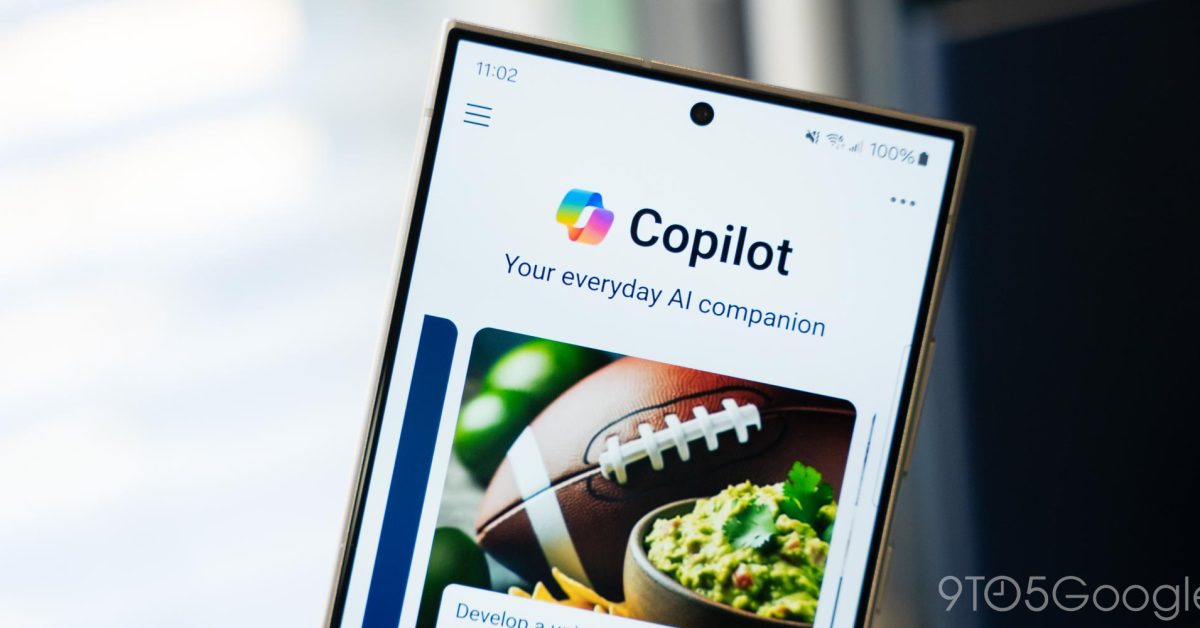Windows 11 Copilot Introduces ‘Phone Connection’ Feature for Android Devices

Enhancing Android Connectivity with Microsoft Copilot
Introduction to Phone Link and Copilot Integration
Microsoft’s Phone Link has provided a way for Android users to connect their mobile devices with Windows computers, allowing access to various functionalities such as viewing photos and sending messages. Recently, Microsoft has announced an update to its Copilot AI, which integrates a feature called “Phone Connection.” This innovation aims to allow better control over your Android device directly from the desktop environment.
What is Phone Connection?
Phone Connection is a new feature rolled out by Microsoft as part of the Copilot AI update. Unlike the existing Phone Link, which primarily acts as a bridge between Windows and Android, Phone Connection focuses specifically on making Copilot smarter and more interactive with your Android phone. It replaces the older Phone Plugin, adding more capabilities to enhance user experience.
Key Features of Phone Connection
- Seamless Control: Users can manage various tasks on their Android device straight from their Windows desktop. This includes actions like turning off alarms, managing messages, and accessing navigation tools.
- Working Together: Phone Connection works by linking your Android phone to the Copilot through Phone Link. It is important to note that without Phone Link enabled on your computer, Copilot cannot connect to your Android device.
How Phone Connection Works
With Phone Connection enabled, Microsoft’s Copilot can interact with specific data on your Android device. This integration allows you to ask Copilot to perform tasks that affect your phone. For instance, you could simply request Copilot to silence an alarm set on your phone, and it will execute the command.
It is crucial to note that this feature does not require Copilot to be installed on the Android device itself, simplifying the connection process for users.
Limitations and User Interaction
However, despite the advancements, users must still approve certain commands manually. For example, if an alarm is set through Copilot, you will receive a notification on your Android that must be accepted for the action to take effect. This "handshake" approach highlights a need for user consent, which could be improved in future iterations.
Requirements for Phone Connection
To take advantage of the Phone Connection feature, users must meet certain requirements:
- Android Version: The update works best with devices running Android 14 or later.
- Service App Version: Users need to have the Link to Windows Service app version 3.0.01.7 or newer.
As of now, Microsoft is gradually rolling out this update, so it might not be immediately available to all users. Once it is activated, you should find the Phone Connection toggle in the Profile menu under Account settings.
Conclusion
The addition of the Phone Connection feature to Microsoft’s Copilot AI signifies a step forward in enhancing connectivity between Windows and Android devices. While there are still some limitations regarding user interaction, the potential for seamless integration promises to simplify task management for users who often switch between their desktop and mobile devices. As technology evolves, users can expect ongoing improvements that will refine how these devices communicate with each other.





